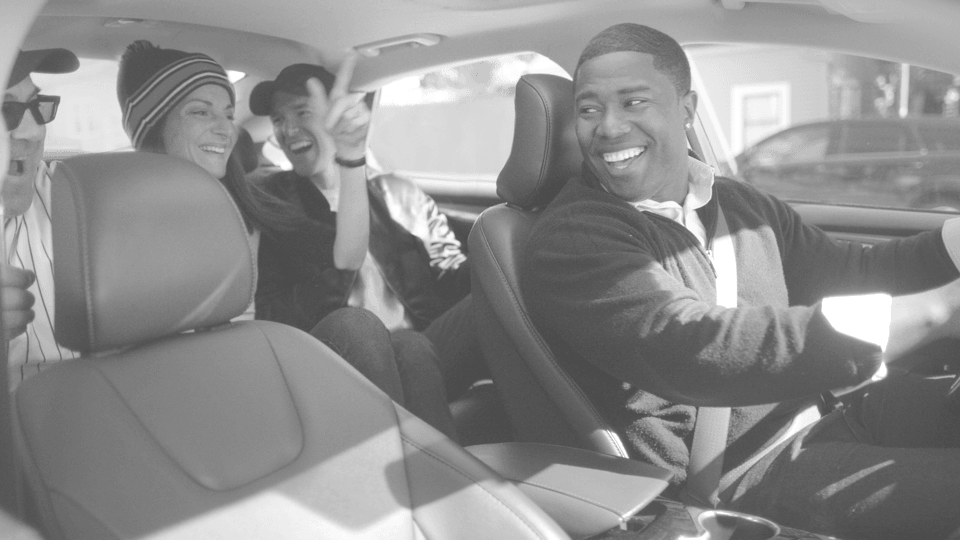New this year in California is a law prohibiting any use of a handheld smartphone while driving. The law has teeth, albeit baby teeth: The first offense is punishable with a $20 fine, and subsequent offenses draw $50 fines.
In my coverage of the new regulation, in December 2016, I suggested that a more effective solution to the very real problem of distracted driving is a “software switch, installed either in the phone or in the car, that would disable any potentially driver-distracting functions when the car is started.”
It was a pie-in-the-sky notion, thrown out there in the spirit of wouldn’t-it-be-nice-if. I’m not an engineer, and I would have guessed that the hurdles to designing and implementing such a solution were insurmountable, at least for the foreseeable future.
It turns out, however, that not only is such technology theoretically within reach, it’s already in the hands of Apple, the world’s second-largest smartphone producer, after Samsung.
According to a lawsuit filed this week in Los Angeles County Superior Court, Apple has had just such a lock-out device since 2008, and the company patented it in 2014.
From the suit (.pdf file here):
This class action complaint seeks an injunction against Apple, halting the sale of all iPhones in California without a lock-out device that will disable the iPhone while being driven by an engaged motorist, as well as an order requiring that the company update all currently held iPhones to install a lock-out device thereon.
The plaintiff in the case is Julio Ceja, who was allegedly rear-ended by a car driven by a woman distracted by her iPhone at the time of the accident.
A Life-and-Death Problem
Among the relevant statistics cited in the filing:
- The National Highway Traffic Safety Administration found that texting and driving is six time more dangerous than driving and drinking.
- According to the NHTSA, drivers take their eyes off the road for 4.6 seconds when texting, equivalent to driving blind for 539 feet at 80 miles per hour.
- The National Safety Council reported that 26% of U.S. car accidents were caused by cellphone usage.
- Extrapolating from a 2011 DOT study, an estimated 1.5 million drivers are texting at any given time.
- Based on California Highway Patrol data, 312 California drivers die every year as a result of phone-distracted driving.
The suit surmises that Apple’s reluctance to incorporate the technology into its phones is purely profit-motivated, driven by fear that “doing so will cause it to lose valuable market share to its competitors.” That sounds right.
So, as it does often in cases where the interests of corporations and the public diverge, it comes down to a choice: profits versus people. If Apple is worried about losing market share, it could license the technology to its competitors, or even—dare I say it?—make it available for free.
It’s time for Apple, and all smartphone companies, to do the right thing, even if it’s not the profitable thing.
Reader Reality Check
Are you in favor of smartphones that automatically prevent texting and other distractions while driving?
After 20 years working in the travel industry, and almost that long writing about it, Tim Winship knows a thing or two about travel. Follow him on Twitter @twinship.
This article first appeared on SmarterTravel.com, where Tim is Editor-at-Large.


Leave a Reply